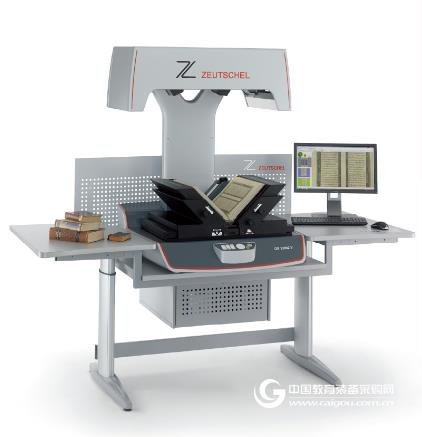In recent years, the digital wave has swept through, and with the constant changes in technology, ancient books as a treasure of traditional culture have begun to seek new forms with technology to get better protection. In this context, the digitization of ancient books has entered the public's field of vision. 1: What is the digitization of ancient books? The digitization of ancient books refers to the use of modern information technology to process and process ancient books, transform them into electronic data forms, and store and disseminate them through media such as CDs and networks. That is to say, the ancient books that were hidden in the squats, the high walls, and the secrets are being interconnected through the Internet, so that readers regardless of their identities can be retrieved, consulted, and utilized with a mouse click. 2: The way of ancientization Digitalization of ancient books, there are mainly three ways, one is digital as it is, that is, scanning or photocopying according to the original appearance of ancient books, to maximize the preservation of historical information of ancient books; second, textual digitization, that is, the full text of ancient books is compiled into a searchable database; It is knowledge-based digitization, that is, deep processing such as indexing of ancient books database according to the model of knowledge management. 3: The importance of ancient books: Ancient books are a part of civilization. They are the history of the ancestors of many nationalities, written with life and wisdom. They are not renewable and precious. Disappearing means escaping history forever; saving means retaining the memory of the nation and the fire of civilization. These precious treasures are not only specific to the nation, but also the Chinese nation and the world. 4: Ancient books protection equipment: The number of OS12002V professional ancient document scanners uses projection-type non-glare cold light source technology to provide extremely sufficient protection for precious ancient books and document digitization. The high-precision true color scanning lens perfectly reproduces the original details of the original, unique 90°. The V-type platen is especially suitable for digitizing precious materials that are bound into a book and cannot be fully opened. It automatically opens the press glass, adaptively adjusts the falling speed and pressure of the V-glass, and protects the literature to the utmost extent. The user-friendly design provides users with the information. A safe, reliable and ergonomic operating environment. Technical Parameters: Description: Top-mounted scanning head, desktop non-contact scanning, suitable for single pages or bound into manuscripts of cultural relics, ancient books, books, newspapers, calligraphy and painting maps. Scan size: 600 (2 x 300) x 450 mm (> 2 x super A3 Manuscript table: The book can be up to 150 mm thick, and the V-shaped table can be adjusted by 90°; the sides of the V-shaped table can be adjusted, the center, the height, and the width of the spine. Scan mode: 42-bit color acquisition | 24-bit color output 14-bit grayscale acquisition | 8-bit grayscale output 1-bit black and white acquisition | 1 bit black and white output Optical resolution: 600dpi Output resolution: 100-600dpi Scanning speed: 3.8 seconds (400dpi) Scanner interface: IEEE1394 FireWire interface Image format: all standard formats, such as TIFF uncompressed, TIFF G4, JPEG, JPEG2000, PDF, multi-page TIFF, BMP, PCS, PNG, etc. Scanning Software: OS12 Scanning Software Image Processing Software (optional): Deskew, Despeckle, Flip, Black Edge, Mask, Sharpen, Bend Correction, Crop, Black and White Scan and Dynamic Threshold. Perfect Book (optional): Dual scanning system, perfect 3D scanning, spine bending correction and automatic document detection. Electrical requirements: 220V/50Hz. Display Rack Series,Natural Solid Wooden Table,Solid Wooden Table,Solid Wood Locker Hebei Rukai Furniture Co. , Ltd. , https://www.wyrukaifurniture.com